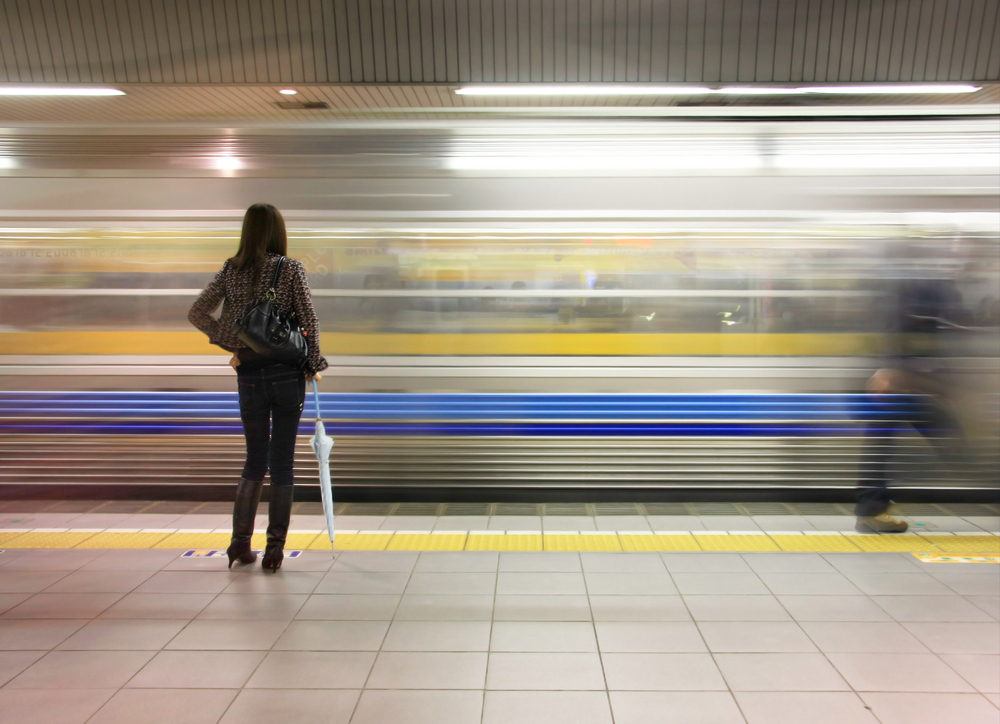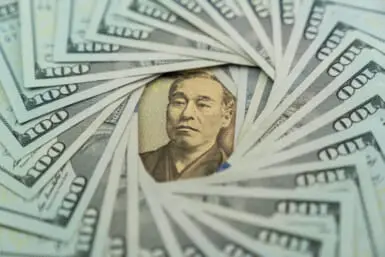The shining rays of sunshine bouncing off the glass windows and doors, the greens, yellows, reds, a rainbow of colors streaked across each train. It’s basically almost every opening scene in every anime ever made. Trains: the one thing that pops in your mind when you think of Tokyo.
Whether you’re a local or tourist, you have got to admit that you have been intimidated by the trains (in fact, some of you may still be). Not to worry, here are 5 tips on how to ride the train in Tokyo.
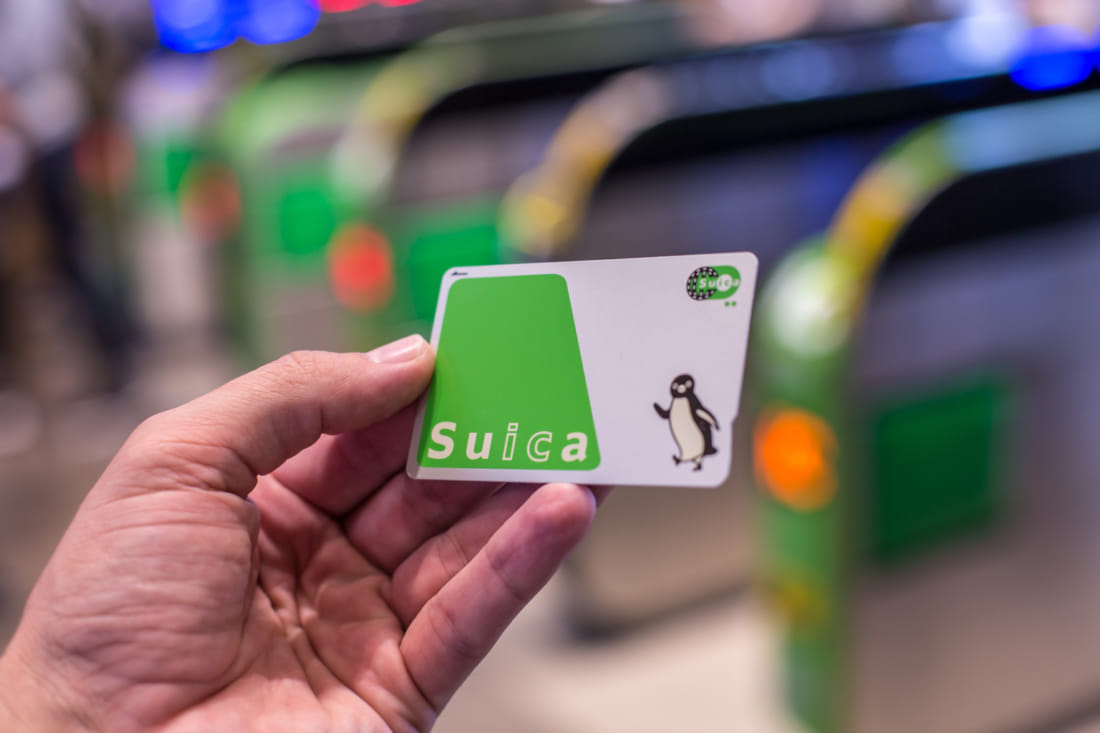
Shutterstock / BT Image
Get an IC card
Before you set out on your adventures in Tokyo, purchase an IC (integrated circuit) card like Suica or Pasmo. It will save up a lot of your time and you can use it on all transportation including train, subway, bus and even for shopping. You can use IC cards at convenience stores, vending machines and even some cafés and restaurants. Still, be sure to carry some paper bills and even coins because most ticket boxes do not accept credit cards to charge IC cards.
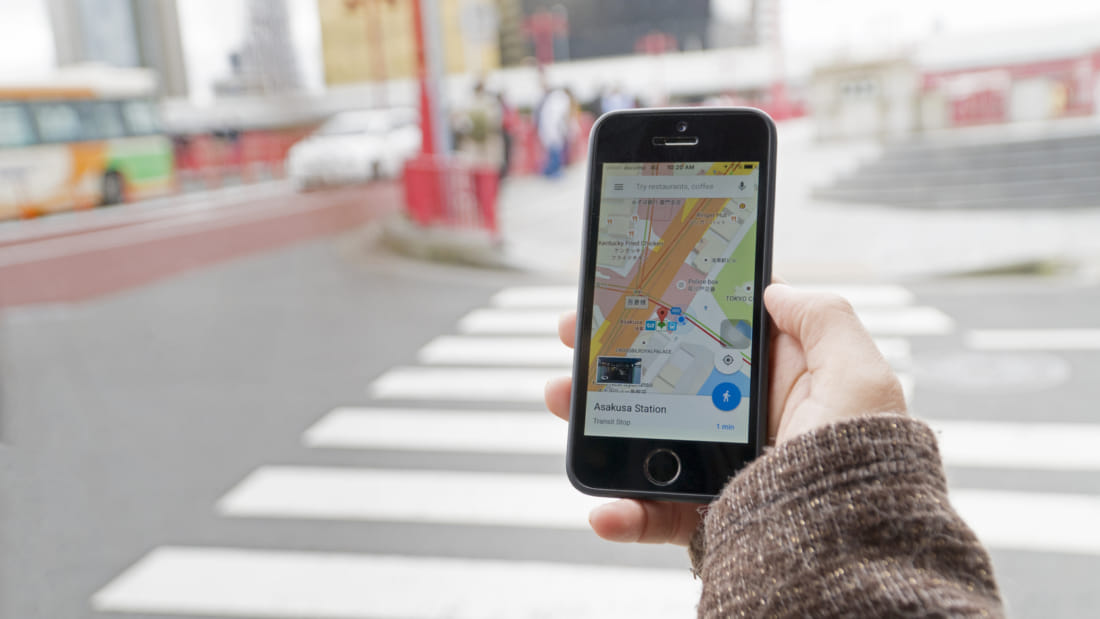
Shutterstock / Naritsorn Hirunon
Make Google Maps Your Best Friend
Thank goodness for technology, indeed. Google Maps not only provides you with the perfect route to your desired destination, but also informs you about which trains to ride, platform numbers, closest gates and exits. Despite that, it definitely would not hurt to check other map apps or guides just to be sure because, as we all know, Google is not entirely reliable at all times.
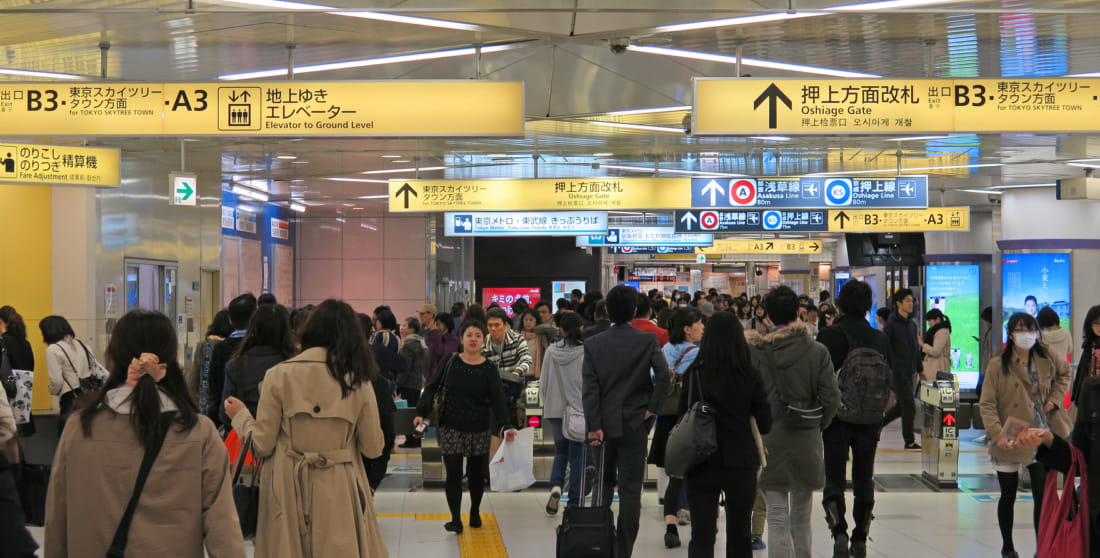
Shutterstock / bluehand
Keep Calm and Read the Signs
Finding your way through any station can be panicky business, we know. With so many exits and gates, who wouldn’t? Luckily, the direction signs are on your side. Not only are the signs written in Japanese but also in various languages including English, Chinese, Korean and more. Every single train and subway line has its own special colored symbol making them easy to remember and spot during transfers.
Most stations also have a map on the wall with all designated exits and gates, so as long as you know where you need to go, you will be able to arrive to your destination. If you have truly lost your way, there are usually information desks located in the station and station employees to ask for help (though most attendants only speak Japanese).
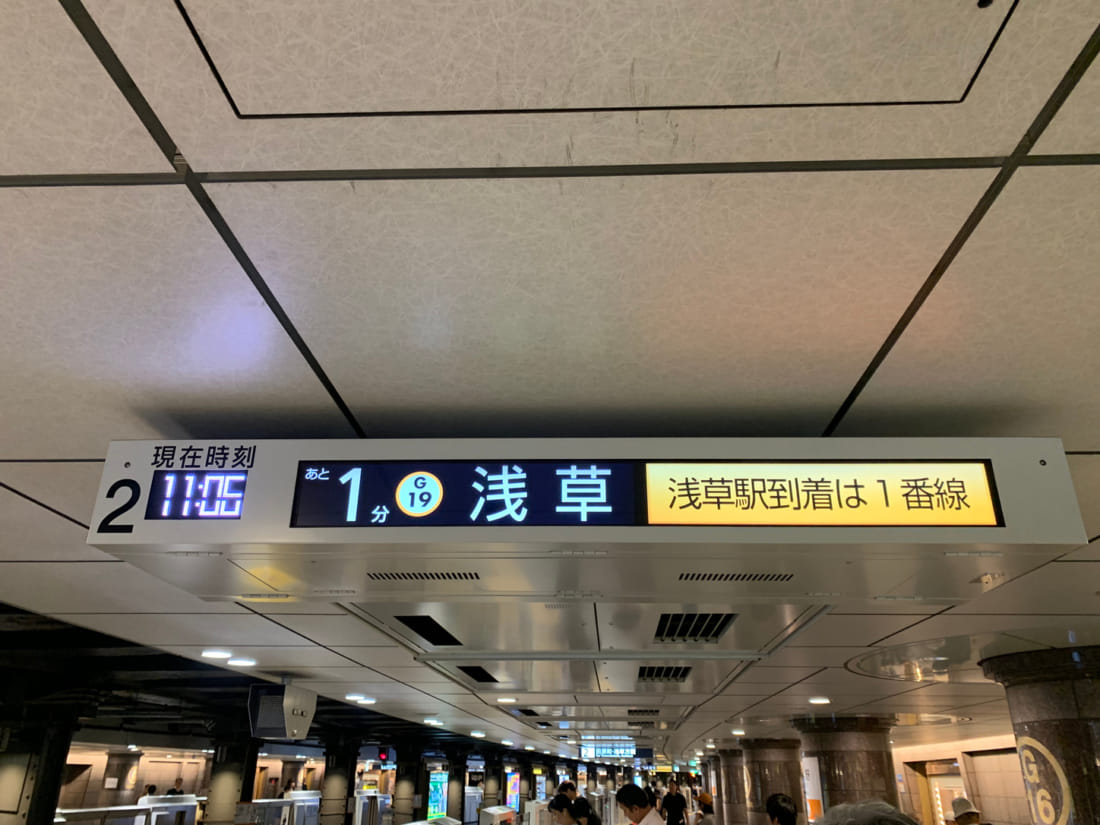
Shutterstock / retirementbonus
Check Your Watch
Whenever you’re going out, day or night, time is of essence. The time when you are riding the train or subway makes all the difference since there are morning and evening rush hours (approximately 7–9am and 5–7pm). Try to avoid the busy hours if you want to travel comfortably and have spare time on your hands. It is also important to check your last and first train when you are going for a night out in the city of Tokyo.
Since the trains are not running 24/7, the time you can catch your last and first train changes depending on how far your home is from your current location. If you miss your last train, you may have to kill hours of time as most trains start running at 5am, earliest.
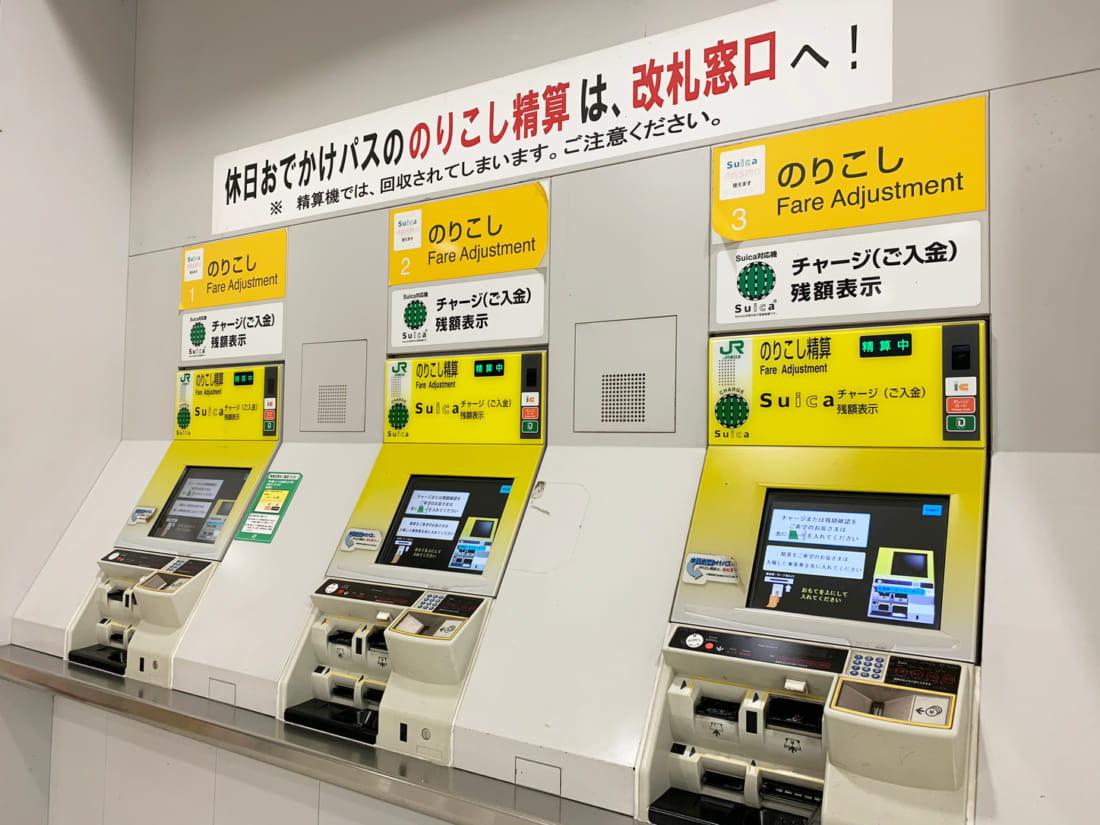
Shutterstock / lydiarei
Adjusting Your Train Fare
When you thought you had enough money in your IC card, the ticket gates ring out and slam the gate doors on you. A second of panic and slight annoyance may greet you (don’t worry, we’ve all been there). This is when you head to the fare adjustment machines. They are usually located somewhere near the the ticket gates where you can easily charge your IC card.
Feature photo: Shutterstock.com / Hannamariah

